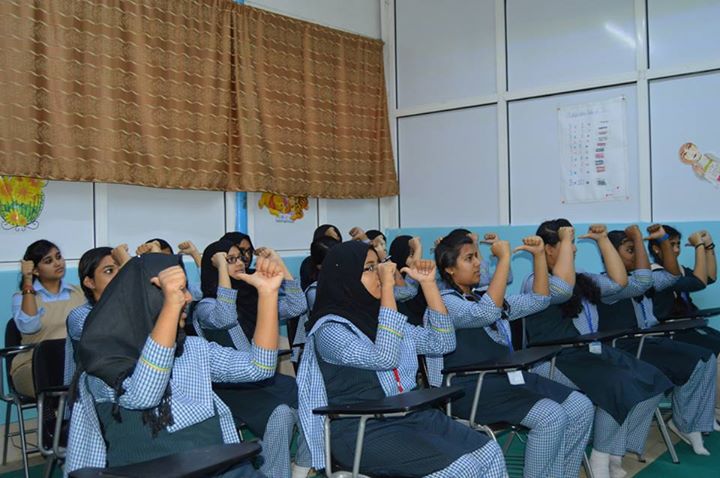Dance is a creative art from which is not merely for entertainment and pleasure,but exhibits cosmic expression for all the words.
Since traditional dances are the basement for all other dances,the school management has decided to emphasis more on teaching indian classical dances to our interested and talented students.Though concentrating much on classical dances,the other dance forms like Group-Dances,Oppana,Margam kali,Thiruvathira kali,the other Indian folk dances re being trained by our dance faculty in order to meet the commitments and to ensure participation in various cultural competitions and stage-shows in and out of our school.
The School management is keen on maintaining a separate faculty for dance to uplift the views and values of teaching different dances especially and exclusively for female students of our school.The aim is to find out and encourage the talented students of our institution;it may lead them to be highly professional in future.
The management and staff wishing all the very best to the students who are availing the given facilities.










